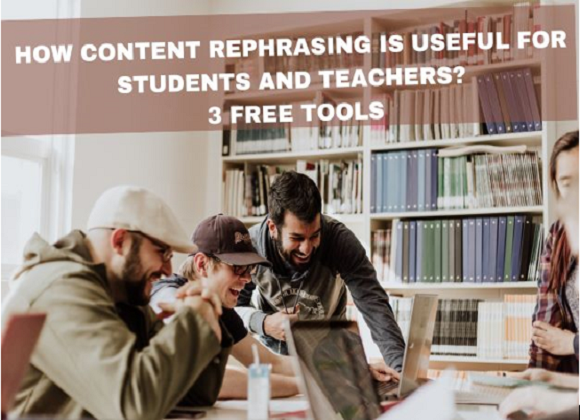Courses
Grow skills with quality courses
Hybrid learning is a form of imparting education that involves offline and online learning, i.e. a mix of face-to-face classroom learning along with online activities to further cement the information or concepts.it is a little different from what blended learning is. The latter is not meant to replace traditional face-to-face learning but intends to complement offline learning through additional resources. Hybrid learning, however, intends to replace an element of offline learning. It is designed as an alternative to in-person material. It helps in bringing flexibility to the teaching-learning experience.
Hybrid learning involves revamping the designed curriculum to involve strategies that are different from in-person classroom education. Talking about the advantages of the hybrid model of learning, this model provides a pace to the students that they are comfortable with. Some students are slow learners and some are fast ones. This provides them with a platform where they can learn at their own pace, thereby incrementing retention along with providing a deeper understanding of the concepts. In this space where they have control over the pace and place of learning, the attendance, and participation of students increases. The use of technology along with face-to-face classrooms provides comprehensive evaluation along with peer-reviewing to the students. Use and learning about Artificial Intelligence (AI) has been mentioned in the New Education Policy-2020 and this model can help use that. Hybrid learning can make use of gamification, creating self-paced courses, short videos, where the teacher or even the students can create the same, making the teaching-learning outcome more productive. Additionally, it can help in saving precious time and energy spent on commuting. Also, as in the hybrid model, learners are responsible to accomplish the said task on their own, it helps them become self-directed learners.
About the author
Comments
Recommended by Gurushala

Technology & Innovation
-By Valentina MilanovaHow Content Rephrasing is Useful for Students and Teachers? 3 Free Tools

Stories of Indian Classrooms
-By GurushalaOn the course of continuous learning- An inspiring teacher story from Pune
Related Articles
